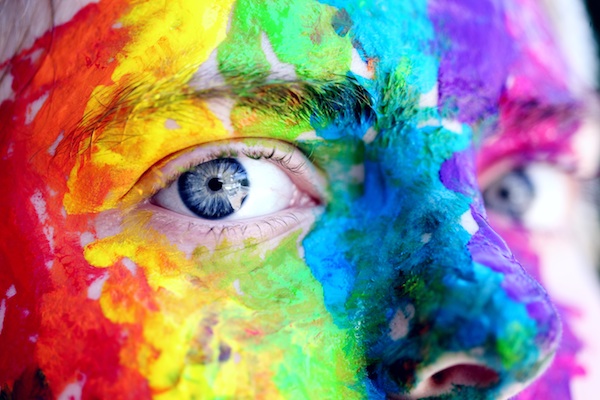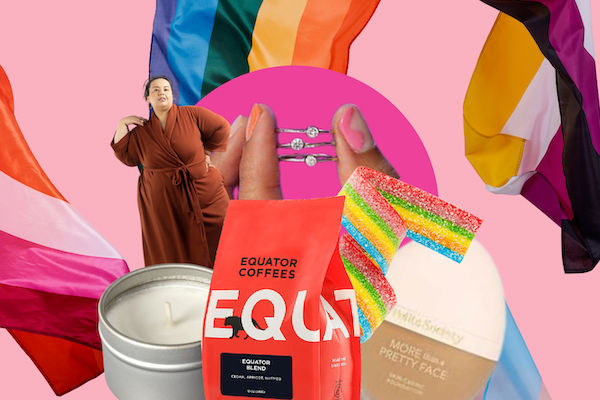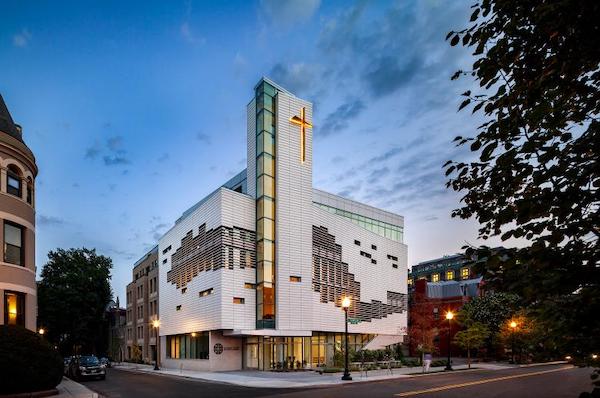
How to Enjoy More Romance as a Couple
June 1, 2019
Traveling Tip: 4 Pride Parades around the World to Attend in 2020
June 1, 2019By Alan Rada
What if I tell you that the LGBTQ Movement has had and still has some historical facts that you did not know? Much is now spoken of this movement, but years ago, due to the prejudices in many areas, the full acceptance and declaration of the rights that as human beings belong to us is still not achieved.
64 years have passed since the decriminalization of gay sexuality in USA. All forms maintained a certain difference with heterosexual relationships for the consensus of a relationship, since to have an openly gay relationship you were obligated to be 21 years old.
Let’s see some curious facts about the evolution of the LGBTQ movement in the 20th century:
1. The Gay Bomb
In the 1990s, a group of scientists working for the US Military had the idea of creating a “gay bomb“. The proposal was basically based on dropping bombs with certain chemicals that, once in the air, the enemy soldiers would begin to behave in a gay way between them, thus preventing them from reaching a confrontation.
For some reason, they believed that this would work at some point. Sounds pretty decadent, but funny at the same time.
2. First LGBTQ Rights Movement
The longest running LGBTQ organization in the world was founded in 1946, in Netherlands. Known as COC Nederland, was a German movement that was originally known as Cultuur in Ontspanningscentrum (Center for Culture and Leisure).
As of the year 2001, it has a federated structure of 24 local associations united at the national level in the COC Nederland for short, or the “Federatie van Nederlandse Verenigingen tot Integratie van Homoseksualiteit COC Nederland” (Federation of Dutch Associations for Integration of Homosexuality COC Netherlands).
Thanks to Bob Angelo, pseudonym of Niek Engelschman and other members, who founded the Shakespeareclub in Amsterdam in December 1946, were also active members of the magazine “Levensrecht” (Right to Live), and founded a few months before the German invasion in 1940.
3. The Pink Triangle
In 1972, the first autobiography of a gay survivor in a concentration camp was published (Heinz Heger’s Die Männer mit dem Rosa Winkel – Hamburg: Merlin Verlag, 1972). In it, a solution to the visibility and identification of the Homosexuelle Aktion Westberlin (HAW), the first organization of post-war German gay rights, was discussed.
The pink triangle symbol was used by the Nazis to mark and segregate gay people. The Men with the Pink Triangle was for the protagonists the ideal way to become visible in a situation that needed to be addressed in Germany and that was still pending. This movement re-appropriated and converted the pink triangle into a symbol of liberation.
4. LBGTQ Banned from Schools
It is very likely that when you were a child you did not hear much or almost nothing about LGBTQ people at school. This is because governments and their education systems were forbidden to mention this type of struggle, a legal prohibition for more than 40 years.
Teachers were not allowed to speak positively about gay people as a “pretended family relationship“. LGBTQ people were not even able to participate in sports such as football, baseball and others. This lasted until approximately 2003 when it opened the debate on school curricula for this topic.
Nowadays the world of sports is opening up to the LGBTQ movement, which is an incentive for players to come out. The Premier League, the most popular soccer league in the world, launched the Rainbow Laces campaign and last year 25 Major League Baseball teams hosted LGBTQ pride nights, trying to convert these audience into baseball expert picks.
5. The Rainbow Flag
The idea of the rainbow flag began to be a symbol of the LGBTQ movement in the 70s thanks to its creator Gilbert Baker.
Each color of the flag has its meaning for the LGBTQ movement. Although at present it is more common to see these flags with 6 colors, originally it contained 8. Here is the meaning of each color of the LGBTQ flag:
- Rosa: Sexuality
- Red: Life
- Orange: Health
- Yellow: Sunlight
- Green: Nature
- Turquoise: Magic or art
- Blue: Peace
- Violet: Spirit. This is why on the Spirit Day many people use this color.
Another fact related to the LGBTQ flag is that it is said that for lack of some colors in textiles such as pink and turquoise, they were suppressed, joining the concepts of these, to other colors.
Another theory says that these colors were suppressed because they were easier to camouflage in the posts in which they were hung in the 70s.
To sum up, there are many other curious facts that many people, being part of the LGBTQ movement does not yet know, or due to the current direction of the group, the concepts are changing or mutating according to the needs of its members.
Although in the last decades the LGBTQ movement has been recognized worldwide, there are still some closed heads and borders to admit reality. The truth is that even so, we must continue our struggle for the rights we long for.





